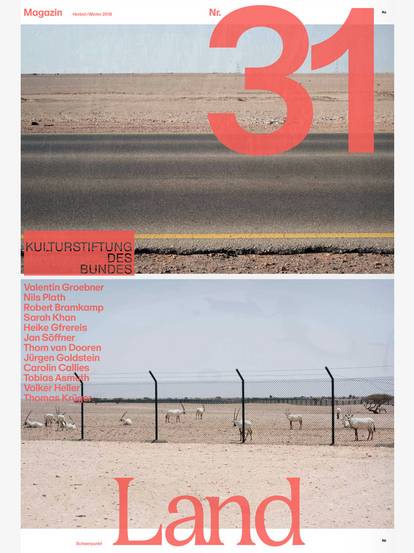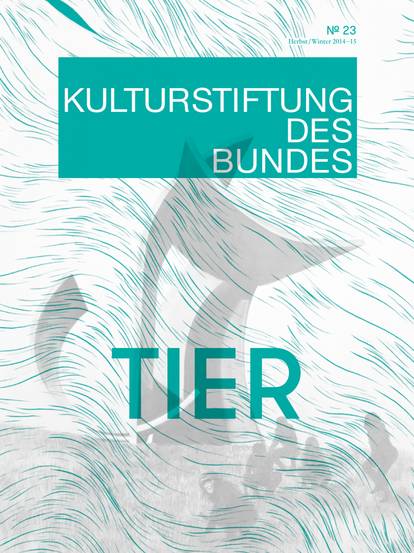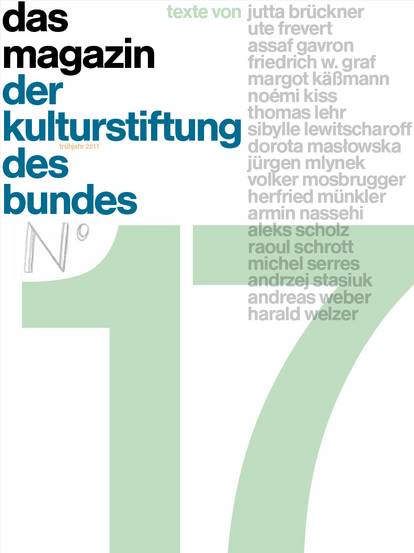I got out after the blog wave. Or rather, I didn’t move on to the next big thing. No Facebook, no Twitter, no Instagram, no WhatsApp. It was more of an impulse than a real decision. It felt like an act of self-defence. I saw no other way than to block the channels; communication felt more and more like an invasion. No matter how friendly or interesting the content of the emails, text messages or calls were, I increasingly felt under siege. How did this happen? After all, I was one of the early adopters in the 1990s. I was one of the first to own a PC, I programmed and revelled in new design possibilities (magazine layouts, websites). Like many others, I, too, read Donna Haraway’s Cyborg Manifesto as a call to embrace technologies even though they were the offspring of the Cold War-era techno-sciences. The refusal to continue riding the post-blog wave was not a well-considered decision, only in hindsight did I provide reasons: a criticism of voluntarily divulging personal data, of surveillance, of neo-liberal self-optimisation or social credit systems. To be honest, the impulse had much more to do with the fact that I had become thin-skinned, I had a vague sensation of vulnerability, of time running through my fingers. I had become permeable, and my body was exhibiting symptoms of stress.
Looking back, I would describe these as symptoms of tension between the cold techniques of the body and progressive digital technologies. According to Erhard Schüttpelz, the body techniques, as Marcell Mauss described in a lecture in 1934, are “cold” because they mostly likely fail to increase in accumulation as is suggested in narratives of exteriorisation or hybridisation. Due to the specific biorhythm of its organic processes, the body resists “hot”, progressive processes of acceleration that characterise the developmental dynamics of digital technologies. Body techniques (from walking to playing sports to personal hygiene) are passed from one generation to the next and can be enhanced enormously, even to the point of mastery, yet each and every one of us must learn them from scratch. Learning such techniques involves a combination of imitation, instruction, constant practice and invention. Imagine, for example, what it takes to learn a new instrument. At the same time, the expression of body techniques shows us that the discussion cannot only be about the contrast between naturalness and artificiality. Body techniques are arbitrary and culturally specific, yet what connects them are organic processes which Mauss emphasises by arranging them according to the human life cycle: body techniques of child birth and nursing, rules of closeness and distance between children and adults, rites of initiation at the threshold of adulthood, gender-specific body techniques with respect to using tools, sexual techniques, trance techniques, political body techniques with respect to the hierarchical arrangement of bodies in space, and techniques in handling the deceased body. This basic configuration shows us that body techniques are always about the regulation of internal/external relationships, a border regime, and the questions of how much materiality, how much sociality an individual mortal can handle. And it’s about processes of growth and decay. Techno-bodies are bodies located in and associated with the human and non-human environment. In this regard, techno-bodies are anything but new; in fact, it would probably be far more advisable to meet every rhetoric of progression (ever greater human-machine hybridisation, ever growing expansion) with scepticism. But something happened which nipped my curiosity of the possibilities of co-existence in a digital media environment. I live behind a “wall of fire” and have no interest whatsoever in moving into the permeability of digital communication. Perhaps only for the simple reason that the sheer enormity of possible connections has so starkly emphasised the finite nature of concrete life.

![[Translate to English:] Magazine 38](/fileadmin/_processed_/f/1/csm_Magazin38_Cover-Vorschau_921x1230_689f428dc3.jpg)
![[Translate to English:] Magazine 37](/fileadmin/_processed_/b/c/csm_Mag37_Cover-Vorschau_921x1230_b5129fdb2a.jpg)
![[Translate to English:] Magazine 36](/fileadmin/_processed_/2/a/csm_Cover_Magazin36__issuu_2f3cef97bb.jpg)





![[Translate to English:] Magazine 30](/fileadmin/_processed_/c/b/csm_magazin30_vorschau_9005f773d3.jpg)














